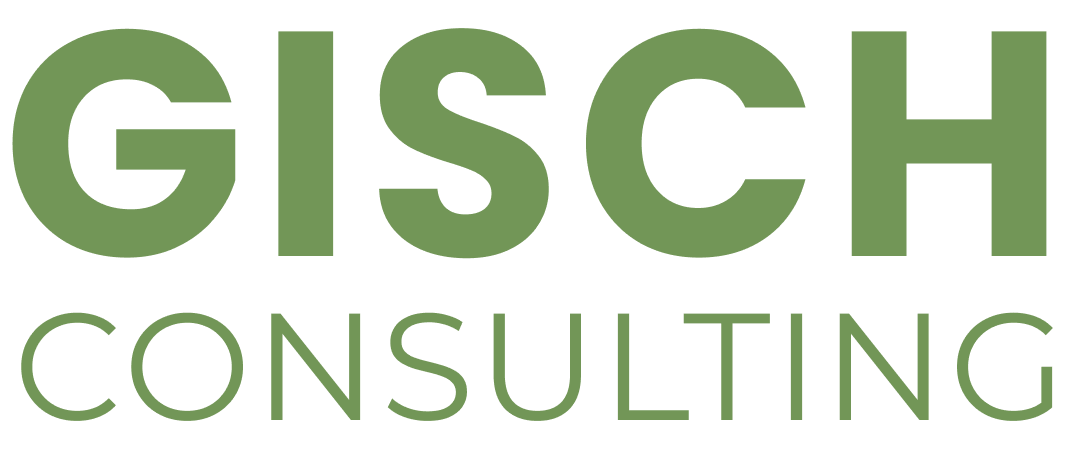Beyond the Post-Lockdown Battleground: Harnessing UX for Strategic Organisational Change

As Small and Medium-sized Enterprises (SMEs) in Australia are reemerge in the post-COVID socio-economic context, the narrative of a “battleground” between remote and collocated work is becoming common. However, I suggest we shift our perspective. In my research and consulting work, I’ve observed that these challenges offer an opportunity to revisit our organisational infrastructures and break down barriers that hinder collaboration and inclusion, thereby moving from battling to strategizing for the future of work.
Silo mentality, a common feature in many organisations, is no longer sustainable in the fluid landscape of remote and hybrid work environments. My research has identified that when SME business owners focus solely on individual technical areas (such as their accounting needs), they inadvertently overlook the broader impacts on other domains, like sales and project management. This siloed approach can lead to unintentional disruptions when transitioning to cloud technology platforms, as I’ve noted in my recent study.
At the same time, the shift towards cloud productivity tools like Tagar#MicrosoftTeams, Tagar#Slack, Tagar#Asana, and Tagar#Trello have underscored a unique dynamic – the ‘sight’ problem in remote working. With the lines blurred between work and personal lives, there is a growing need to signal ‘presence’ or demonstrate commitment, often leading to increased stress and burnout. Here again, breaking down silos and fostering cross-functional collaboration can help address these concerns.
To navigate this complex terrain, I suggest a User Experience (UX) approach to developing strategic solutions. By placing employees – the ‘users’ of the workplace – at the heart of the design process, we can create more inclusive and adaptable work environments. We need to consider the unique needs and experiences of each team member, whether they prefer to work remotely or in-office, to ensure the tools, processes, and norms we develop promote balance and equity.
In this light, the concept of a post-lockdown “battleground” becomes less about choosing between remote and collocated work, and more about fostering a culture of collaboration, inclusivity, and flexibility. By harnessing a UX approach, organisations can turn the perceived battleground into a fertile ground for innovative and empathetic solutions.
The role of research in guiding these efforts cannot be overstated. The work of Hinds and Bailey (2003), who highlighted the inherent conflicts in distributed teams and called for more research, is even more relevant today. As we navigate the complex post-lockdown landscape, these kinds of insights can inform our strategies and ensure we’re building on solid theoretical and empirical foundations.
The way forward, as I see it, is not through battle but collaboration. Let’s restructure silos and build bridges where they are needed. Let’s design our future workplaces with empathy, inclusivity, and a keen understanding of the nuanced needs of our diverse workforce. This post-lockdown era is an opportunity for profound change, and I am optimistic that we can rise to the challenge.
I welcome your thoughts, experiences, and insights as we navigate this critical juncture. Together, we can shape the future of work in Australian SMEs to reflect the best of our collective potential. Please react, comment, repost and connect with me via LinkedIn or my website.
